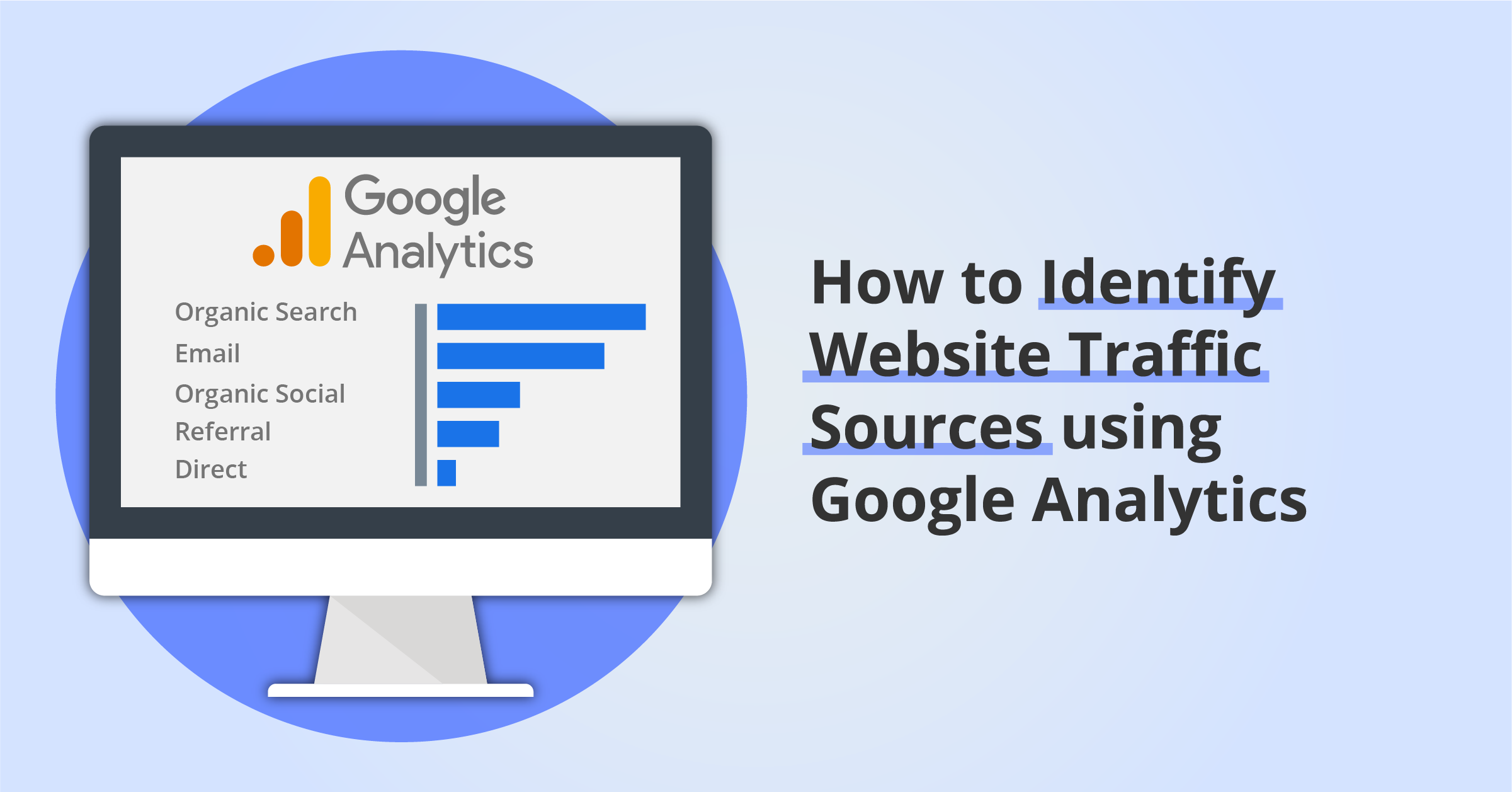Debunking Secondary Dimensions in Google Analytics: Interpretation and Practical Applications
Debunking Secondary Dimensions in Google Analytics: Interpretation and Practical Applications
Blog Article
Revealing the Effect of Secondary Dimension in Google Analytics on Information Analysis and Insights
In the realm of information analytics, the utilization of secondary dimensions within Google Analytics has actually emerged as a pivotal tool for drawing out deeper insights and unraveling complicated patterns that might otherwise stay obscured. By peeling off back the layers of main data sets, additional measurements offer a nuanced point of view that improves the understanding of individual actions, website performance, and the effectiveness of advertising techniques. The real impact and untapped capacity of secondary dimensions are typically underestimated, overshadowed by the appeal of key metrics. As we browse via the elaborate landscape of information evaluation, the importance of additional measurements becomes increasingly apparent, clarifying crucial details that hold the secret to notified decision-making and critical optimizations.
Checking Out the Idea of Secondary Measurements
Second measurements in Google Analytics offer extra understandings by enabling users to examine primary information in conjunction with an additional feature. By incorporating second dimensions, users can dive deeper into the information and reveal valuable connections that could otherwise go unnoticed - what is a secondary dimension in google analytics.
By discovering the numerous secondary dimensions readily available in Google Analytics, individuals can open brand-new insights and enhance their digital marketing initiatives. In significance, second dimensions offer as a powerful tool for enhancing data evaluation and driving actionable outcomes.
Enhancing Data Interpretation With Additional Measurements
Having developed the foundational understanding of secondary measurements in Google Analytics and their crucial duty in information evaluation, the emphasis currently shifts in the direction of leveraging these secondary credit to improve the analysis of analytics data (what is a secondary dimension in google analytics). By including additional measurements right into information analysis, analysts can gain much deeper insights into user behavior, website performance, and advertising efficiency

In addition, secondary dimensions help in contextualizing main data metrics by providing extra layers of info. This contextualization help in recognizing the 'why' behind the data trends, assisting experts make notified decisions and optimizations to boost general efficiency. Ultimately, including second measurements enriches the data analysis process, resulting in even more purposeful insights and strategic actions.
Uncovering Hidden Insights With Second Dimensions
Discovering the depths of analytics data with additional dimensions reveals important understandings that would or else stay obscured. By including secondary dimensions in Google Analytics, businesses can unearth covert patterns, fads, and correlations that offer an even more thorough understanding of customer actions and web site performance. These added layers of information permit analysts to dive much deeper into the key measurements, such as website traffic resources or touchdown web pages, and get a much more nuanced viewpoint on just how different variables connect with each other.
With the use of secondary measurements, experts can sector and contrast data across numerous measurements, enabling them to determine particular factors that affect individual engagement, conversion rates, and total success metrics. By coupling the main dimension of 'device classification' with the additional measurement of 'age group,' marketing professionals can determine which age demographics like accessing the site via mobile gadgets versus desktops.
Leveraging Secondary Measurements for Actionable Analytics
Building upon the understandings revealed with secondary dimensions in Google Analytics, companies can now harness this enriched information landscape to drive workable analytics and calculated decision-making. By leveraging secondary measurements, organizations can dive much deeper into their information to remove valuable patterns, trends, and relationships that may have previously gone unnoticed. This deeper degree of evaluation enables businesses to gain an extra comprehensive understanding of individual actions, campaign have a peek at these guys performance, and total site performance.
One key benefit of utilizing second dimensions for actionable analytics is the capability to sector data based upon specific requirements. This division permits companies to customize their methods and projects to various audience groups, causing extra targeted and effective advertising and marketing efforts - what is a secondary dimension in google analytics. Furthermore, additional measurements give a more alternative sight of customer interactions, allowing organizations to optimize their website web content, layout, and total user experience
Taking Full Advantage Of Decision-Making With Second Measurements
To boost critical decision-making in analytics, leveraging second measurements in Google Analytics can provide a much more nuanced point of view on individual more information behavior and project performance. By incorporating second measurements right into information analysis, companies can dig deeper into the specifics of their web site site visitors' communications and involvement patterns. This added layer of info enables an extra comprehensive understanding of how various variables, such as demographics, tools, or web traffic sources, effect vital efficiency indicators.

Final Thought
Finally, the use of second dimensions in Google Analytics plays a vital duty in improving data analysis and uncovering surprise insights. By exploring this idea, one can obtain a deeper understanding of user actions and make educated choices based upon actionable analytics. Leveraging secondary measurements permits for a more detailed analysis of data and takes full advantage of the efficiency of decision-making procedures.

Report this page